Bolivian Torch ‘Monstrous’ (Penis Plant)
$36.00 Original price was: $36.00.$32.00Current price is: $32.00.
Buy Peyote Cactus Online – Peyote Cactus Sale
Peyote cactus sale, scientifically known as Lophophora williamsii, is a unique and culturally significant plant primarily found in the deserts of northern Mexico and the southwestern United States. Known for its psychoactive properties due to the presence of mescaline, peyote has been used for centuries in various Native American religious ceremonies.
However, its cultivation and sale are subject to legal restrictions in many areas, particularly in the United States, where it is classified as a controlled substance.
- Buying Peyote Cactus Online: When considering purchasing peyote cactus online, it’s essential to ensure that you are acquiring genuine plants or seeds. Many sellers may offer grafted or counterfeit versions that do not represent true peyote. Caution is advised when navigating platforms like eBay or Etsy, where listings may not always guarantee authenticity. For instance, buyers should be wary of sellers who do not provide clear information about the plant’s origin or growing conditions.
- Legal Considerations: The legal status of peyote varies significantly by region. In the U.S., while the use of peyote is permitted for ceremonial purposes within the Native American Church, its sale and possession outside these contexts are illegal. International buyers should also be aware that importing peyote into the U.S. can lead to confiscation by customs and potential legal repercussions.
- Where to Buy Peyote Cactus: For those interested in acquiring peyote responsibly, local cactus clubs or nurseries often provide a safer alternative to online purchases. These venues typically offer genuine plants and foster a community of enthusiasts who can share valuable cultivation tips. Additionally, specialized online retailers may offer seeds or plants with clear documentation regarding their authenticity and legal status.
Understanding Peyote Cactus Sale-Bolivian Torch ‘Monstrous’ (Penis Plant)
Peyote cactus, scientifically known as Lophophora williamsii, is a small, spineless cactus native to the Chihuahuan Desert regions of southern Texas and northern Mexico. This unique plant is renowned for its psychoactive properties, primarily due to the presence of mescaline, an alkaloid that induces hallucinations. Peyote typically grows slowly, taking 10 to 30 years to mature and flower, and it features a distinctive bluish-green color with a rounded shape and ribbed surface.
The use of peyote has deep cultural significance among various Native American tribes, where it has been employed in spiritual and religious ceremonies for thousands of years. The American Indian Religious Freedom Act of 1978 allows for its use in these contexts, despite its prohibition in many other settings due to its hallucinogenic effects. The cactus is often harvested for its “buttons,” which are the crown-like tops of the plant that can be chewed or brewed into tea for consumption. These buttons are known to enhance sensory perception and alter consciousness, making them integral to traditional rituals.
In contrast, the Trichocereus bridgesii monstrose, colloquially referred to as the “Penis Plant,” is another notable cactus that also contains mescaline. This variety is characterized by its erratic growth pattern and unusual shape, which can resemble human anatomy. It is popular among collectors for its striking appearance and ease of care. While both plants share similarities in their psychoactive properties, they differ significantly in their morphology and cultural usage.
Understanding these cacti involves recognizing their ecological needs: both prefer well-drained soil and require minimal watering, reflecting their adaptation to arid environments. However, potential growers should be aware of legal restrictions surrounding peyote cultivation and sale in many regions.
Bolivian Torch Cuttings “Monstrose” — Clone A & Clone B
Ever since prehistoric times, people have been drawn to hallucinogenic cacti as ceremonial sacraments. These spiky plants are also very desirable to modern psychonauts due to their entheogenic qualities. The most well-known types are San Pedro or Peruvian Torch, although Bolivian Torch is another species that is high in mescaline, the plant’s active ingredient (3,4,5-trimethoxyphenethylamine, for chemical geeks).
What is the Bosnian Torch?
The Bolivian torch, scientifically known by its Latin name Echinopsis lageniformis (previously Trichocereus bridgesii), is a rapidly expanding plant that is indigenous to Bolivia’s high deserts. Several psychotropic substances, including the serotonergic alkaloid mescaline, are found in the plant. Mescaline levels have been reported to be 0.56% in dried samples. Nonetheless, it has been shown that certain types contain noticeably more.
Bolivian torch usually grows in a columnar fashion. Cactus gardeners and collectors have tamed the plant and generated various cultivars, such as Trichocereus bridgesii monstrose (TBM). Botanists use the term “monstrose” to refer to a name that suggests a strange or malformed shape. Clone A and Clone B, two cuttings of this cultivar, are often grown variations.
These two identical replicas go by the moniker “penis plant” and the ever-so-subtle “pornographic cactus.” The species’ striking similarities to various human body parts led growers to give it these names. This is no joke. There is also an apparent urinary meatus (the hole at the end) in certain instances.
Be the first to review “Bolivian Torch ‘Monstrous’ (Penis Plant)” Cancel reply
Related products
Mescaline Cactus
Mescaline Cactus
Mescaline Cactus
Mescaline Cactus
Mescaline Cactus
Mescaline Cactus
Mescaline Cactus
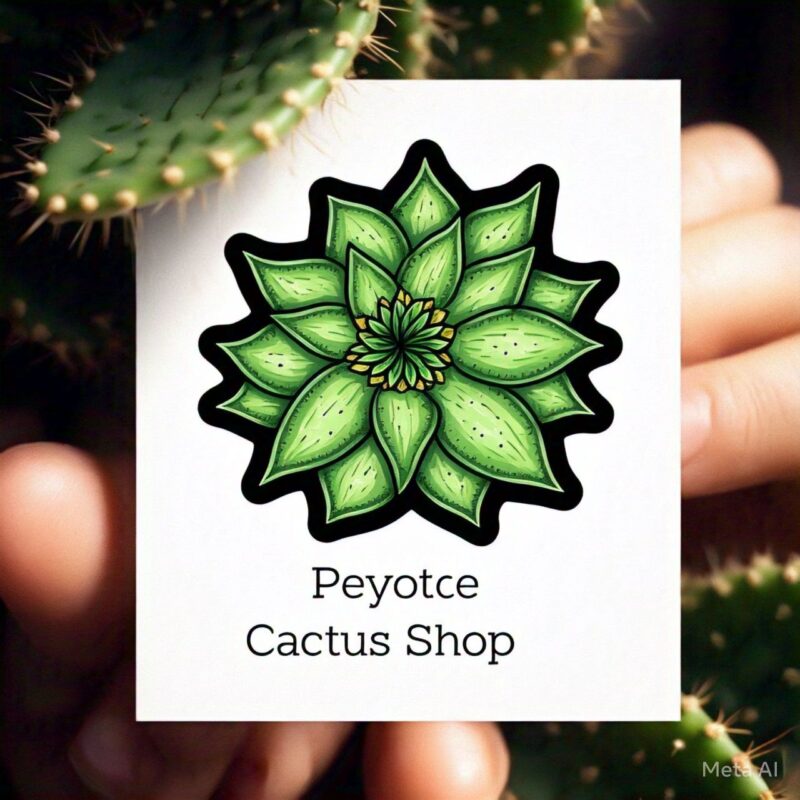
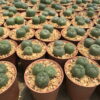

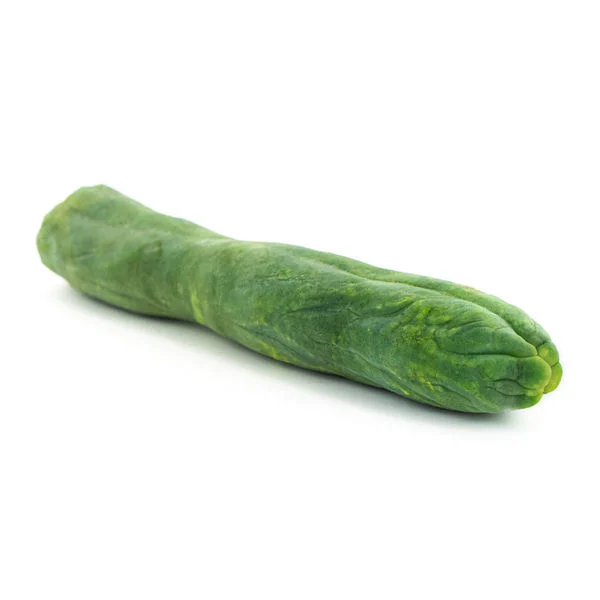
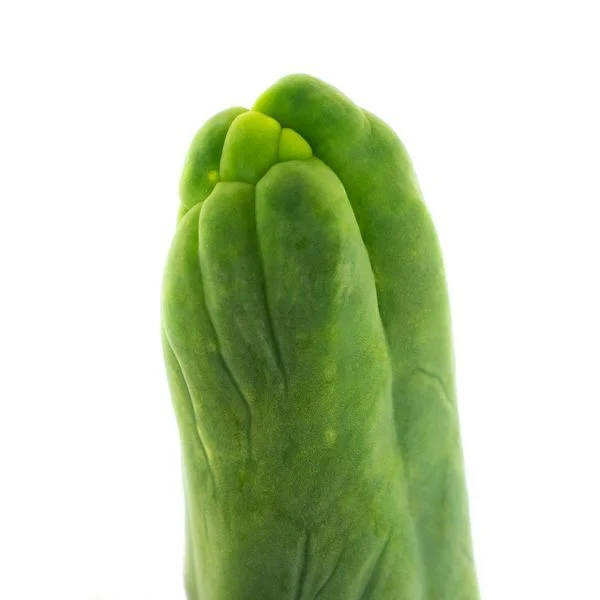
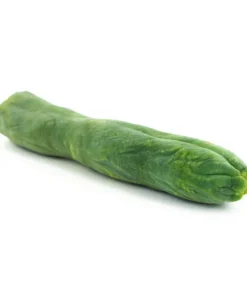
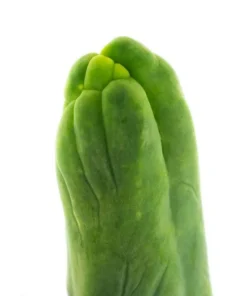
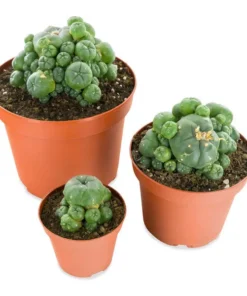
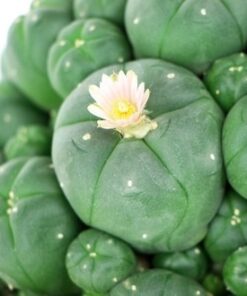
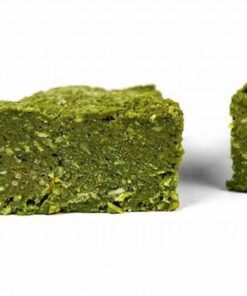
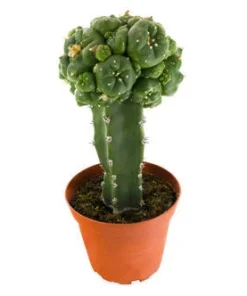
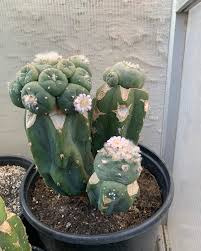
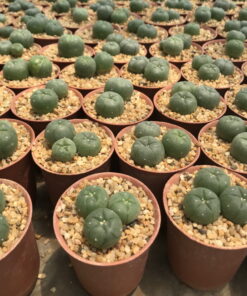
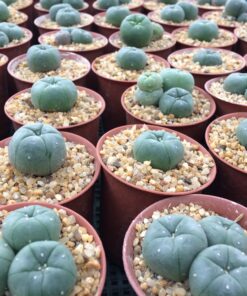
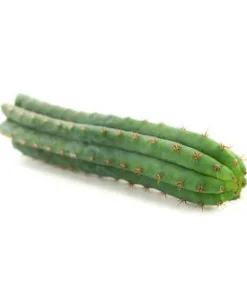
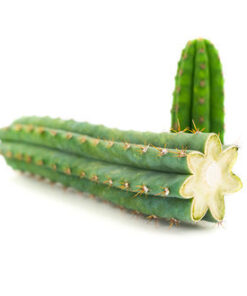
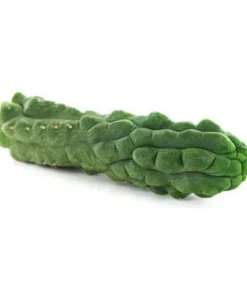
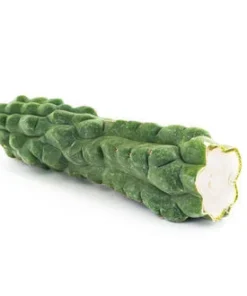
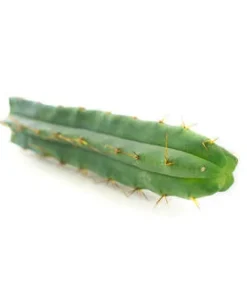


Reviews
There are no reviews yet.